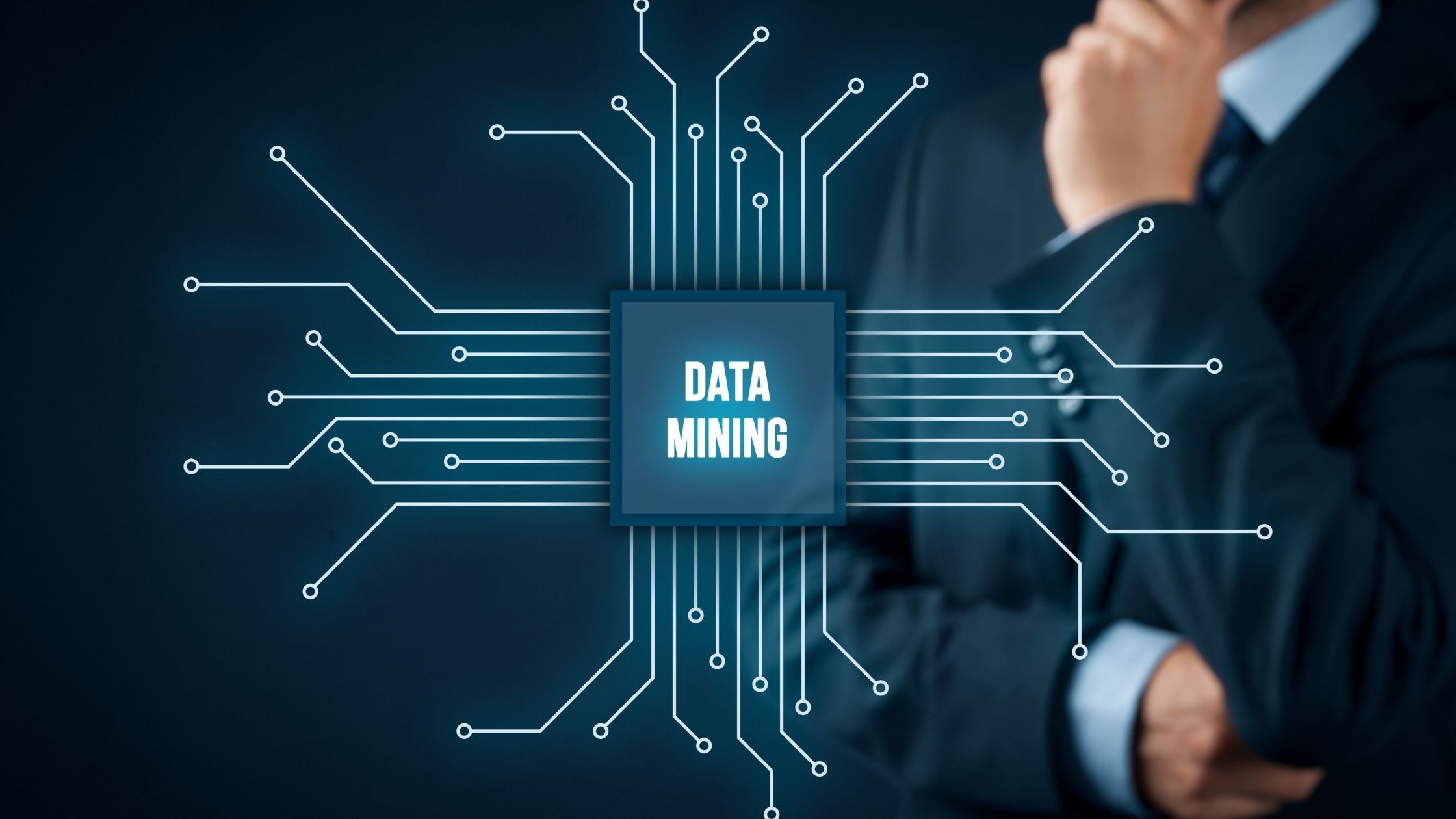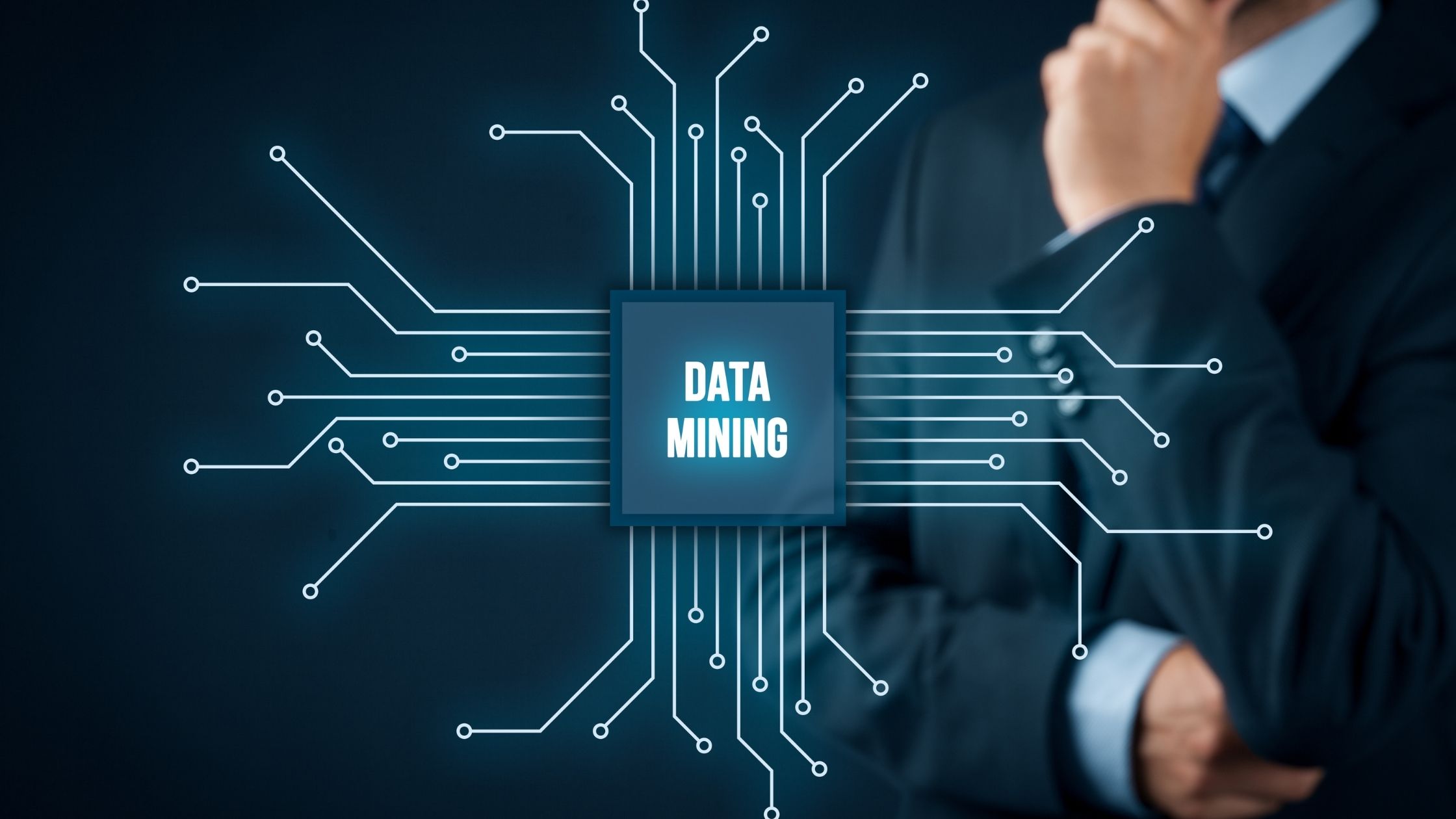Description
The “Data Mining and Analysis” course is designed to equip participants with the fundamental techniques, methodologies, and tools used to discover patterns, trends, and insights from large datasets. This course is essential for data scientists, analysts, and researchers who wish to extract meaningful information and make informed decisions based on data-driven insights. Participants will learn both theoretical foundations and practical applications of data mining techniques, including data preprocessing, exploratory data analysis, predictive modeling, and clustering.
Learning Objectives
By the end of this course, participants will be able to:
- Understand Data Mining Concepts: Gain a solid understanding of data mining principles, techniques, and methodologies.
- Preprocess and Clean Data: Learn to preprocess and clean raw data to prepare it for analysis.
- Explore and Visualize Data: Conduct exploratory data analysis (EDA) and visualize data to uncover patterns and relationships.
- Build Predictive Models: Develop skills to build and evaluate predictive models using machine learning algorithms.
- Cluster and Segment Data: Apply clustering algorithms to identify natural groupings within data.
- Interpret and Communicate Findings: Interpret data mining results and effectively communicate findings to stakeholders.
- Stay Updated on Advanced Techniques: Explore advanced data mining techniques and current research trends.
Course Content
The course is structured into the following comprehensive modules:
- Introduction to Data Mining:
- Definition, scope, and applications of data mining
- Data mining process: CRISP-DM (Cross-Industry Standard Process for Data Mining)
- Ethical considerations and challenges in data mining
- Data Preprocessing and Cleaning:
- Data integration, transformation, and reduction
- Handling missing data and outliers
- Feature engineering and selection
- Exploratory Data Analysis (EDA):
- Summary statistics and data visualization techniques
- Exploring distributions, correlations, and trends
- Interactive visualization tools (e.g., matplotlib, seaborn)
- Predictive Modeling:
- Regression analysis: linear regression, logistic regression
- Decision trees and ensemble methods (e.g., random forests, gradient boosting)
- Evaluation metrics for predictive models (e.g., accuracy, precision, recall)
- Clustering and Unsupervised Learning:
- K-means clustering and hierarchical clustering
- Density-based clustering methods (e.g., DBSCAN)
- Dimensionality reduction techniques (e.g., PCA, t-SNE)
- Association Rule Mining:
- Market basket analysis and frequent itemsets
- Apriori algorithm and association rule generation
- Applications in recommendation systems and market research
- Text Mining and Natural Language Processing (NLP):
- Text preprocessing: tokenization, stemming, and vectorization
- Sentiment analysis and topic modeling (e.g., LDA)
- Applications in text classification and sentiment analysis
- Advanced Topics in Data Mining:
- Time series analysis and forecasting
- Anomaly detection and outlier analysis
- Deep learning for data mining tasks
- Applications and Case Studies:
- Real-world applications of data mining in various domains (e.g., healthcare, finance, e-commerce)
- Case studies illustrating successful data mining projects
- Hands-on projects and exercises applying data mining techniques to analyze datasets
Who Should Enroll
This course is ideal for:
- Data Scientists and Analysts: Professionals working with large datasets who want to extract meaningful insights.
- Business Analysts and Decision Makers: Individuals involved in data-driven decision-making processes.
- Researchers: Academics and researchers exploring data mining techniques for research purposes.
- IT Professionals: Professionals interested in expanding their knowledge of data mining and analysis.
- Graduate Students: Students pursuing degrees in data science, computer science, or related fields.
Course Format
The course combines lectures, hands-on labs, case studies, and practical exercises to enhance learning. Participants will have access to resources such as lecture notes, readings, coding examples (using tools like Python, R, or specialized data mining software), and a discussion forum for collaboration and support.





Fatai –
This course provided a comprehensive introduction to data mining and analysis. It covered various techniques such as clustering, classification, and association rule mining, giving me a solid foundation in understanding and applying data mining methods.
Foluke –
The content was highly relevant to current industry needs. It covered topics like predictive modeling and pattern recognition, which are essential for making data-driven decisions in various sectors.
Saratu –
I appreciated the hands-on approach of this course. The practical exercises and projects allowed me to apply data mining algorithms to real-world datasets, which significantly enhanced my understanding and skills.
Amina –
The instructors are experts in data mining, providing clear explanations and practical examples throughout the course. Their guidance and feedback on assignments were invaluable in helping me grasp complex concepts.